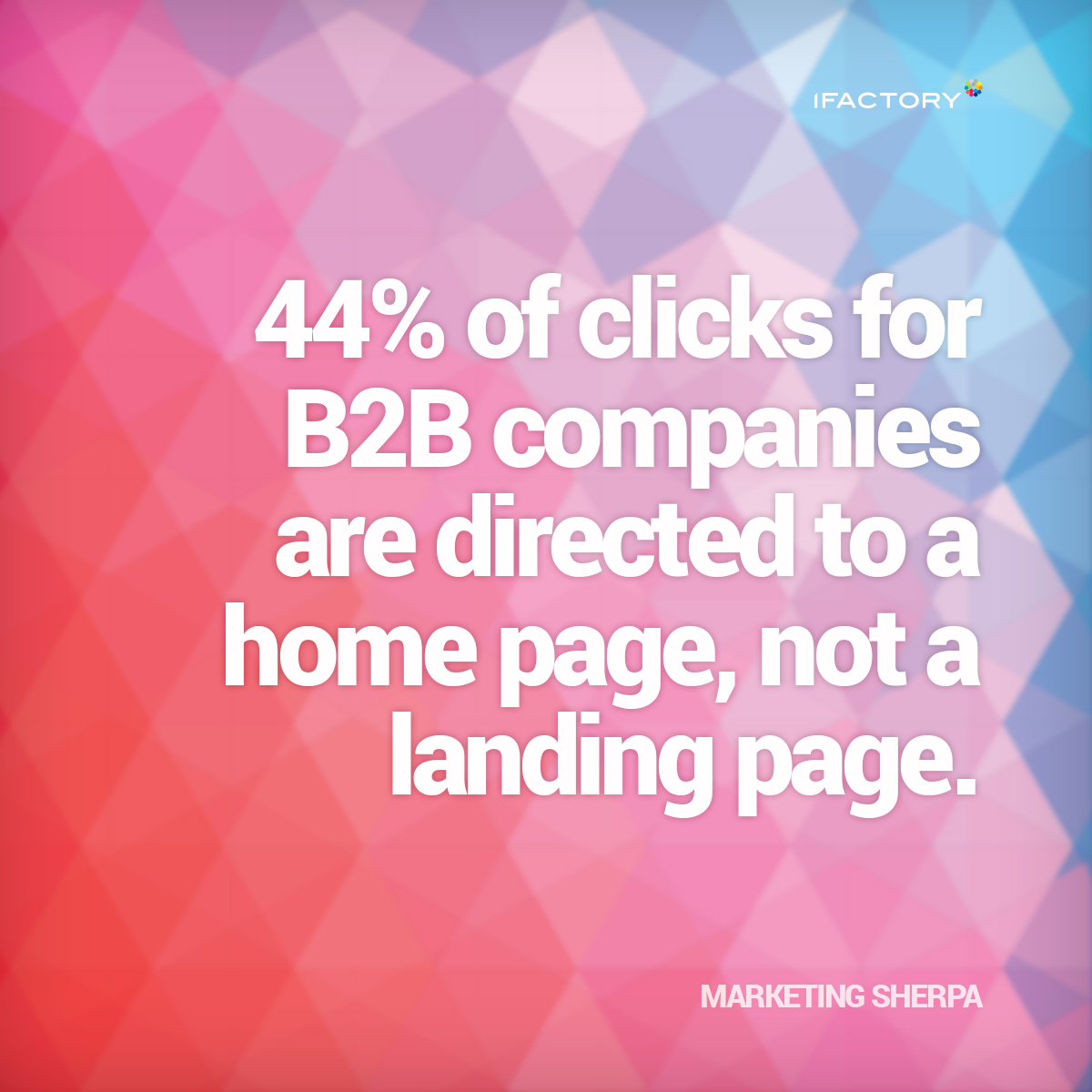Landing page best practices
This is the final part our four part blog series covering landing page optimisation. If you’ve not done so already, it is highly recommended that you read the first three parts before continuing on reading. Part One: What is a landing page?, Part Two: Why should I use landing pages? and Part Three: When should I use a landing page? In this part we will cover the best practices for using landing pages – the page that is first seen on your website most often after following a digital marketing link uncovered through a web search.
First and foremost it is imperative that you have a primary headline (the headline that visitors first see on your landing page), and that it matches the advertisement link that was followed to your page; your advertisements and pages must be consistent. A recommended form of landing page, a transactional landing page, is also a great practice to put into action.
Transactional landing pages (discussed in more detail in our earlier parts of this blog) encourage visitors to commit to a sale (landing page conversion) and convert to becoming a customer rather than a mere visitor. However, should they not purchase anything, you can at the very least encourage visitors to provide you with their information in order to email them with future offers. This is called lead generation.
Another practice suggested is to make your call to action noticeable, popping out to your customer and grabbing their attention. Position it towards the top of your landing page and use directional cues to encourage your visitors to take in its information. However, if (due to the size of your lead generating forms) your call to action falls lower on your page than intended, directional cues become more significant in order to further prompt customers to notice the information, and remember your page.
Your landing page must be engrossing, thus having a single purpose is encouraged. Overloading your landing page with text and excess information will surely lose the attention of your prospective customers and possibly their interest in your page. Remove any unnecessary content from your page. However, do not remove any testimonials or any guarantees, as they prove your authenticity and minimise risk. Furthermore it has been shown that using video is a successful way to capture an audience, improving landing page conversion by up to 86%.
Lastly, endorse partnering pages (providing visitors with a link in the form of a logo rather than text); in doing so you are enabling your visitor’s trust, by associating yourself with other pages. Do not send inbound traffic to your homepage; send them to your carefully planned landing page and reel in those customers. Your key take away from this series should be, don’t send inbound traffic to your homepage. Use a landing page!
Our passionately skilled team members at iFactory, the internet factory that provides business people with digital services and advice, are available should you desire any more guidance or specified advice. You can contact us by phone on +61 7 3844 0577 or contact us online.
Helpful links for our landing page blog series.


